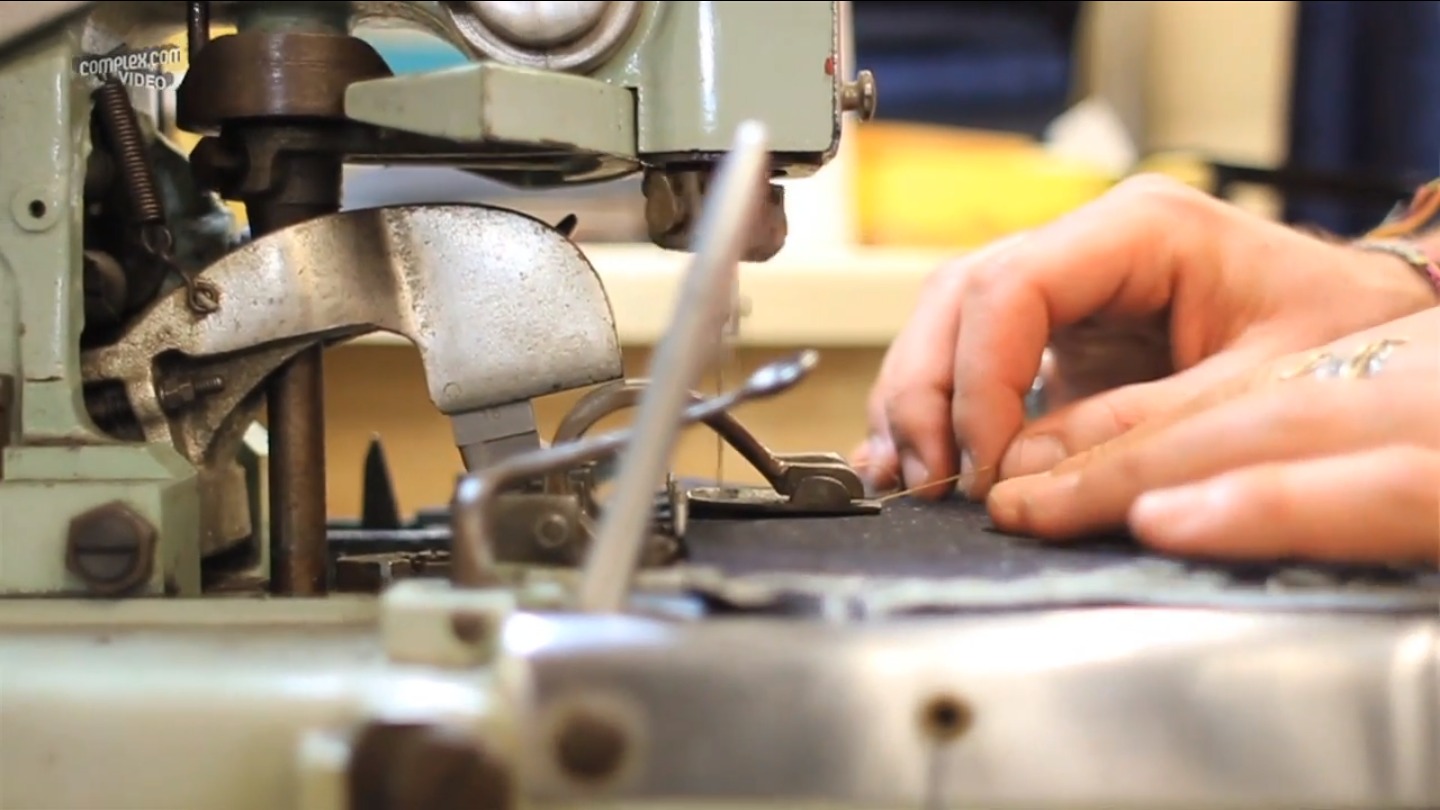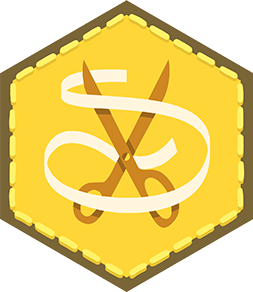Sew a garment
Sew a simple garment like a pillowcase dress or basic tote using fabric, needle, thread, and safety scissors while learning measuring and stitching.



Step-by-step guide to sew a simple garment
Learn to Sew with Debbie Shore, Kids! Lesson 1
Step 1
Gather all the materials from the list and set them on a clear table so you can reach everything easily.
Step 2
Measure around the chest where the dress should fit and then measure from the shoulder down to where you want the dress to end.
Step 3
Use the measuring tape and fabric chalk to mark a rectangle on the fabric that is the chest measurement plus 4 inches wide and the desired length plus 5 inches long.
Step 4
Cut out the marked rectangle carefully with your safety scissors.
Step 5
Fold the rectangle in half with the right sides of the fabric facing each other so the short edges meet.
Step 6
Pin the two raw side edges together so they stay even while you sew.
Step 7
Sew the pinned side edges from the bottom up, stopping 4 inches from the top to leave space for the armholes.
Step 8
Turn the fabric tube right side out through the top opening so the seams are inside.
Step 9
Fold the top edge down 1 and a half inches to the inside to make a casing for the straps.
Step 10
Sew close to the inner fold all the way around the top, leaving a 2 inch opening to thread the straps through.
Step 11
Cut two lengths of ribbon or elastic about 18 to 24 inches each for the straps.
Step 12
Use a safety pin to thread each ribbon through the casing until the ends come out the top opening.
Step 13
Tie a secure knot on each side to make shoulder straps and tuck or trim any extra ribbon so it looks neat.
Step 14
Try the dress on and adjust the strap knots so the dress fits comfortably.
Step 15
Share a photo of your finished dress and a short description of how you made it on DIY.org.
Final steps
You're almost there! Complete all the steps, bring your creation to life, post it, and conquer the challenge!


Help!?
What can we use if we don't have fabric chalk, ribbon, or a measuring tape?
If you don't have fabric chalk use a water‑soluble fabric marker or a pencil to mark the rectangle, and substitute ribbon with soft elastic or bias tape for the straps while using a string marked with a ruler if you lack a measuring tape.
My side seams don't line up and the tube is hard to turn right side out—how can I fix that?
If the pinned side edges shift while sewing, unpick and re‑pin every inch with pins placed perpendicular to the seam and sew slowly, and to turn the fabric tube right side out push the seams through the top opening with a safety pin or chopstick to ease the fabric.
How can I adapt this dress project for different ages?
For preschoolers have an adult do the measuring and cutting with safety scissors and use fabric glue instead of sewing the pinned side edges, for younger school‑age kids let them measure, mark with fabric chalk and help pin while an adult sews, and for older kids let them sew the side seams and casing and thread the straps themselves with a safety pin.
How can we personalize or enhance the finished dress?
Before folding the cut rectangle sew on appliqués or a pocket, add decorative trim around the top before stitching the casing, and swap plain ribbon for patterned bias tape or braided elastic when threading the straps for a custom look.
Watch videos on how to sew a simple garment
Let's Sew A Quick, Beginner Friendly Kid's Outfit!! Super EASY and CUTE!!
Facts about sewing basics for kids
✂️ Kids' safety scissors have rounded tips and specially designed blades to help prevent pokes and big snips.
🧵 A typical spool of sewing thread often contains around 100 yards (about 91 meters) — enough for many small projects!
📏 Most flexible sewing tape measures are 60 inches (150 cm) long so you can measure fabric and people easily.
🕰️ People sewed clothes by hand for thousands of years; practical sewing machines started appearing in the 1800s and changed making forever.
🪡 The backstitch is a simple hand stitch that's stronger than a running stitch — perfect for seams on a tote or dress.
How do you sew a simple garment like a pillowcase dress or basic tote with a child?
What materials do I need to sew a pillowcase dress or tote with kids?
What ages is this sewing activity suitable for?
What safety tips and easy variations can we use when sewing garments with kids?


One subscription, many ways to play and learn.
Only $6.99 after trial. No credit card required



